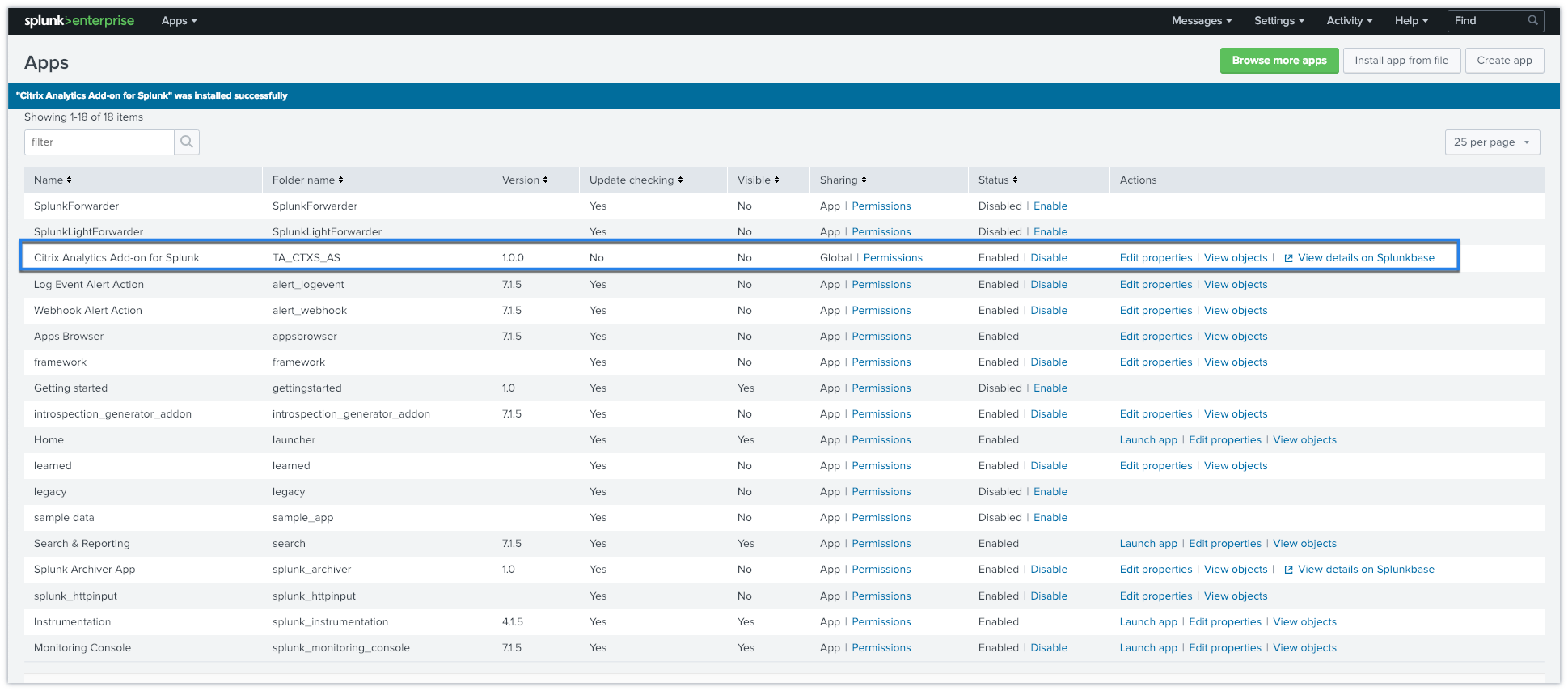

- #Desktop splunk forwarder install#
- #Desktop splunk forwarder full#
- #Desktop splunk forwarder download#
- #Desktop splunk forwarder windows#
Splunk Enterprise returns to the "Edit Server Class" screen.
#Desktop splunk forwarder windows#
Note: If you do not see the Splunk Add-on for Windows in the "Unselected Apps" pane, confirm that you copied the add-on into the %SPLUNK_HOME%\etc\deployment-apps directory on the deployment server instance and restarted Splunk Enterprise on that instance. It moves over to the "Selected Apps" pane. In the "Unselected Apps" pane, click the "Splunk Add-on for WIndows" entry.

Splunk Enterprise loads the "Add Apps" screen. Splunk Enterprise loads the "Edit Server Class" screen.

In the dialog box that appears, type in a name for the server class.Splunk Enterprise loads the Forwarder Management page. From Splunk Home, select "Settings > Forwarder Management".Log in to Splunk Enterprise on the deployment server.Set up server classes on the deployment serverĪfter you configure the Splunk Add-on for Windows and set up the forwarders as deployment clients, define a server class for the forwarders on the deployment server instance. After performing either method, restart the forwarder.(Optional) If you have already set up a forwarder, use the CLI to configure it as a deployment client:.For more information on configuring a deployment server, see Configure deployment clients in the Splunk Enterprise Updating Instances Manual. You can either use the CLI or edit a configuration file to set the deployment server on a universal forwarder. When you reach the Deployment server pane during installation, specify the IP address or host name and management port of the deployment server instance.Ĭomplete your installation, and the forwarder should then appear in the Forwarder Management page on the Forwarder Management instance.
#Desktop splunk forwarder install#
See Install a Windows universal forwarder from an installer in the Universal Forwarder manual. On Windows hosts, the universal forwarder installer lets you specify a deployment server during the installation process. You can do this either when you install the forwarders, or at any time after you install them. Set up universal forwarders to be deployment clientsīefore you can deploy add-ons and configurations to forwarders, they must first be set up as deployment clients to the Forwarder Management instance. You need it later to configure deployment clients.
#Desktop splunk forwarder download#
#Desktop splunk forwarder full#
Place the configured add-on into a full Splunk Enterprise instance that you have designated as a deployment server/Forwarder Management instance (All Splunk Enterprise instances have this capability enabled by default).See Configure the Splunk Add-on for Windows. Download and configure the Splunk Add-on for Windows.Finally, you configure the forwarders as deployment clients of the Forwarder Management instance.īefore you can distribute apps and add-ons using Forwarder Management, you must complete the following steps: Then, you set up a server class that tells Forwarder Management to deploy the add-on to available clients. In this scenario, you download and configure the add-on first, then place it into a Splunk Enterprise instance that has the Forwarder Management capability activated. If you have a deployment with many universal forwarders and want to deploy the Splunk Add-on for Windows to them, use the Splunk Enterprise Forwarder Management interface to distribute the add-on to those forwarders.ĭeploying the Splunk Add-on for Windows with Forwarder Management is a different process than deploying the add-on manually. Install the Splunk Add-on for Windows with Forwarder Management


 0 kommentar(er)
0 kommentar(er)
